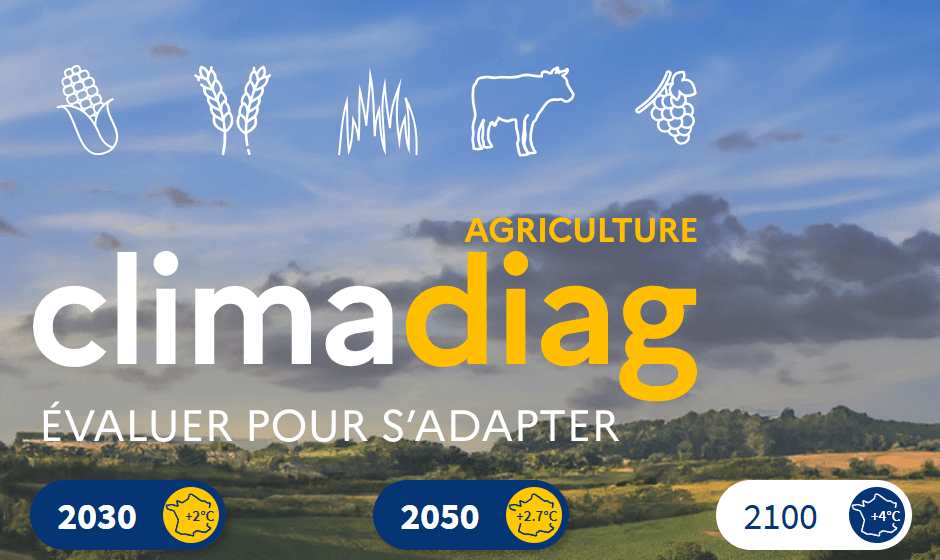N-Pilot : le smartphone vient maintenant s'intégrer au capteur
avril 19, 2015Quels dégâts ferait une bombe atomique si elle tombait à côté de chez vous ?
avril 20, 2015Comparing the performance of active and passive reflectance sensors to assess the normalized relative canopy temperature and grain yield of drought-stressed barley cultivars
Un article récent paru dans computer and electronics in agriculture qui propose un point sur les capteurs (proxi-détection) actifs et passifs pour estimer le rendement (à un stade phénologique déterminé) et un indice d’état hydrique du couvert végétal (NRCT : normalized relative canopy temperature) sur de l’orge de printemps. Cet article est intéressant car il fait un état de l’art assez exhaustif dans l’introduction et il combine, dans une même expérimentation, des capteurs commercialisés et des technologies en devenir.
Résumé
High-throughput precision phenotyping, using spectral reflectance measurements, has the potential to provide more information for making better-informed management decisions at the canopy scale in real time. Active and passive spectral reflectance sensors are available for ground-based remote sensing; however, they have not been compared in their performance for assessing the normalized relative canopy temperature (NRCT) and the grain yield of drought-stressed plants. In this study, five spectral passive and active reflectance sensors, including a hyperspectral passive sensor (HPS), a hyperspectral active sensor (HAS), an active flash sensor (AFS), the Crop Circle (CC) and the GreenSeeker (GS), were tested to assess the NRCT and grain yield of barley cultivars under mild and severe drought stress in 2012 and 2013. Simple linear regression and partial least squares regression models were used for analysing the spectral data. The results showed that the spectral indices of all sensors were more closely related to NRCT and grain yield under mild drought stress (R2 up to 0.70, significant correlation at p ≤ 0.001) than under severe drought stress (R2 up to 0.53, significant correlation at p ≤ 0.001). Closer relationships between three normalized water indices (NWI-1, NWI-3 and NWI-4) and NRCT and grain yield were obtained for the hyperspectral passive sensor compared to the same indices of the hyperspectral active sensor and the active flash sensor under both mild and severe drought stress. Multivariate analysis using partial least square regression improved the relationship (R2 up to 0.77, significant correlation at p ≤ 0.001) compared to the individual spectral indices and the single reflectance bands for each sensor. In conclusion, both the selection of adapted measurement devices and advanced statistical methods can improve assessments of NRCT and grain yield.
Références :
Elsayed S., Rischbeck P., Schmidhalter U., 2015. Comparing the performance of active and passive reflectance sensors to assess the normalized relative canopy temperature and grain yield of drought-stressed barley cultivars, Computer and Electronics in agriculture, 177, 148–160.



